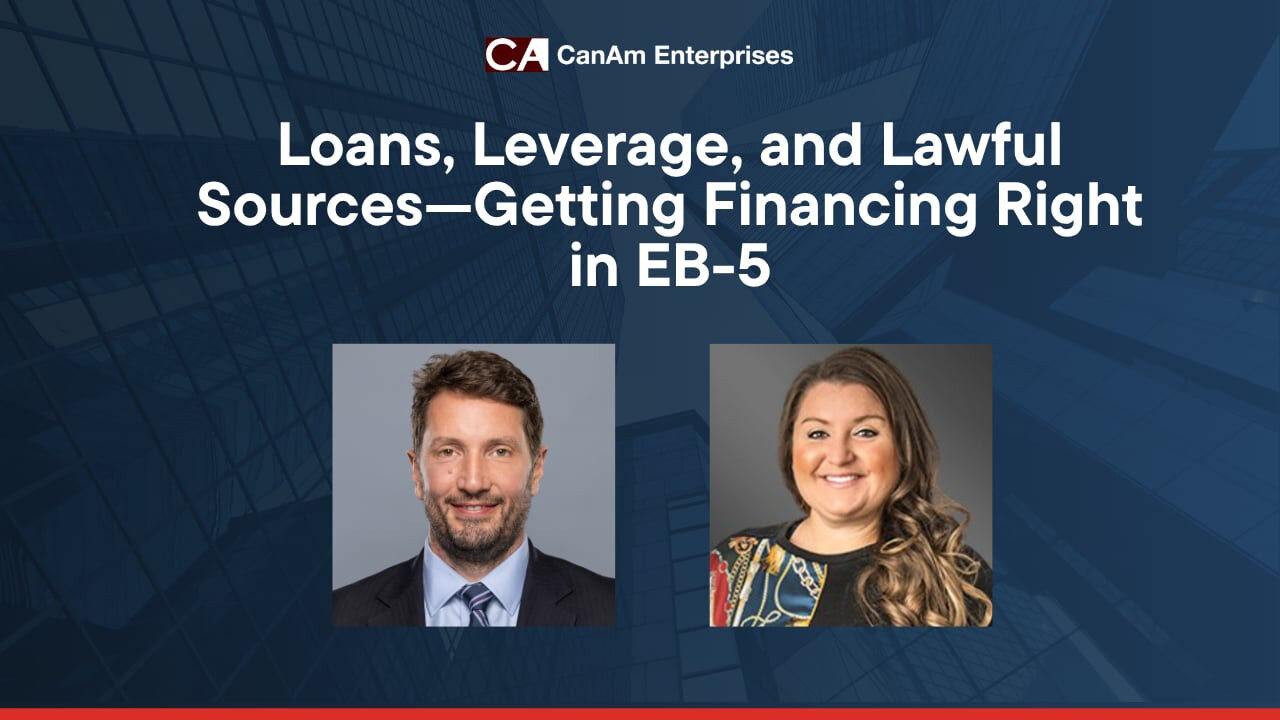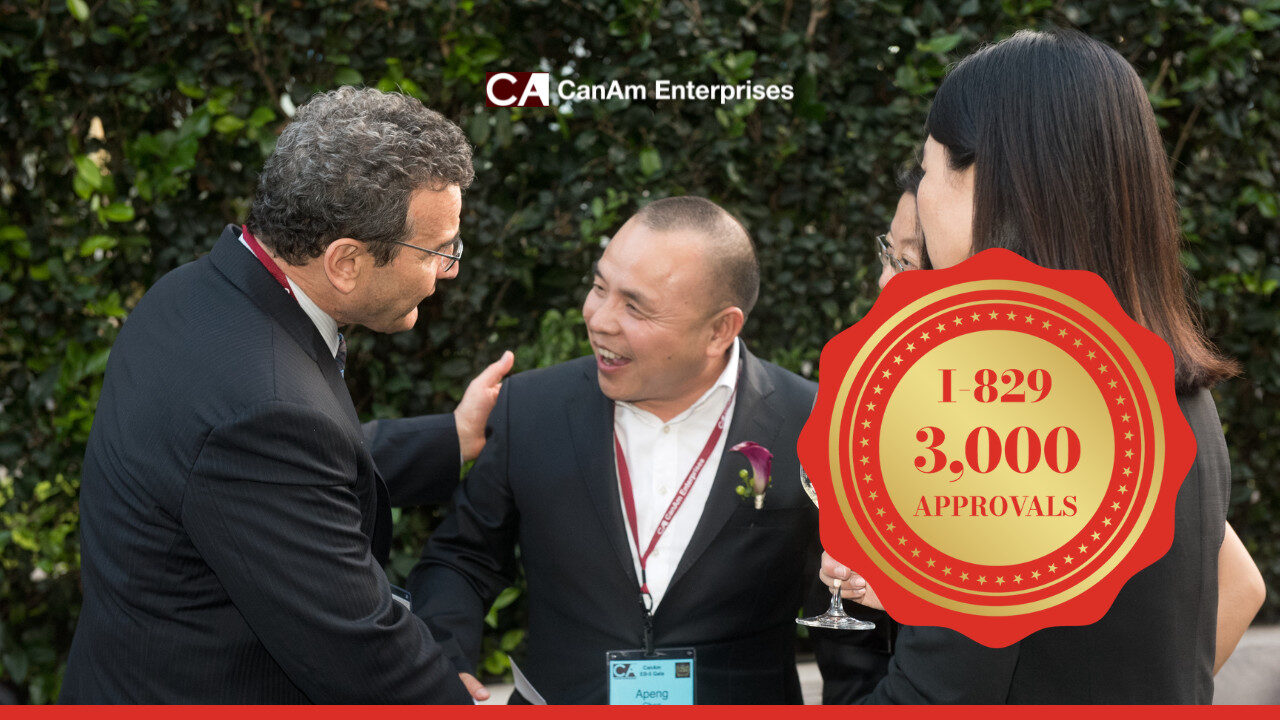The transition from an H-1B work visa to an EB-5 investor visa is becoming an increasingly viable path for skilled foreign professionals working in the U.S. With the growing discontent and limitations surrounding the H-1B system, many are exploring alternative immigration options. The EB-5 visa program, with its promise of U.S. residency in exchange for a substantial investment, offers a unique route to securing a green card with added flexibility and control over one’s future.
Understanding the H-1B Visa System
The H-1B visa is a non-immigrant work visa designed for foreign nationals in specialized occupations, primarily in sectors such as technology, engineering, and healthcare. While it provides skilled workers an opportunity to work in the U.S., it also comes with limitations and challenges, particularly around job mobility and long-term residency. H-1B visa holders depend on their employers for sponsorship, meaning they are tied to specific jobs and companies, which restricts flexibility and career progression.
Additionally, H-1B visa holders often face long wait times for green cards, particularly those from countries with backlogs, such as India and China. This has left many professionals stuck in a cycle of uncertainty, with periodic renewals of their visa status and restrictions on traveling or changing employers.
EB-5 Visa: A New Opportunity for H-1B Holders
The EB-5 program, on the other hand, offers a different path. Under this program, foreign investors who invest a minimum of $800,000 (in certain designated areas) into a U.S. business that creates at least 10 jobs for American workers can obtain permanent residency for themselves and their immediate families.
The appeal of the EB-5 visa lies in its objectivity. Unlike other visa categories, such as H-1B or National Interest Waivers, which can involve subjective criteria like employer sponsorship or proving your worth to the U.S. economy, the EB-5 process is purely numbers-based. As George Ganey, a seasoned EB-5 expert, noted in a recent discussion:
“EB-5 brings certainty… there isn’t necessarily a skill-based approach, but there is a lot of uncertainty when you need to sponsor, need to be continuously employed, etc.”
Recent EB-5 Program Changes That Benefit H-1B Holders
Several legislative and regulatory changes have made transitioning from an H-1B to EB-5 visa even more attractive. These reforms, introduced in 2022, have streamlined the process, reduced wait times, and provided more flexibility for investors.
- Priority Processing for Rural Investments: One significant change is the introduction of priority processing for EB-5 investments in rural areas. This expedited processing has made obtaining a green card through EB-5 quicker, especially when compared to the traditional backlog-heavy EB-2 or EB-3 visa categories.
- Concurrent Filing of I-526 and I-485: Another notable change is the ability to file for adjustment of status concurrently with the I-526 petition (the first step in the EB-5 process). This is particularly advantageous for H-1B holders who are already in the U.S., as it allows them to remain in the country and work while their green card application is processed.
- Increased Compliance and Transparency: The integrity measures introduced in 2022, through the Regional Center Integrity Act, have also improved the transparency and reliability of EB-5 regional centers. This has been a game-changer for investors who may not have the full investment amount upfront, as they can feel more secure about their partnership with a regional center.
Advantages of EB-5 Over H-1B
The EB-5 program offers several advantages over the H-1B system for those who qualify:
- Independence from Employers: Unlike the H-1B visa, which ties the visa holder to a specific employer, the EB-5 visa allows investors to work for any company or start their own business. This flexibility is particularly appealing to entrepreneurs and those who want to pursue opportunities without the constraints of employer sponsorship.
- Faster Path to Permanent Residency: For those who can meet the financial requirements, the EB-5 program offers a more direct path to a green card. As George Ganey pointed out, “Clients who have invested into rural projects… have the green card in hand within three weeks after the I-526E approval.”
- Flexibility in Employment: The EB-5 visa also allows for much greater mobility in the job market. H-1B holders often face restrictions on changing jobs or employers, and any layoff can put their visa status at risk. By transitioning to an EB-5, visa holders can take control of their careers without the constant worry of visa renewal.
- Family Inclusion: The EB-5 program grants permanent residency not only to the investor but also to their spouse and unmarried children under the age of 21. This can be a significant advantage for families seeking to establish long-term residency in the U.S.
Partial Investments and Loan Flexibility
One challenge that potential EB-5 investors often face is liquidity. H-1B holders, especially those earning high salaries or compensated in stock options, may not have immediate access to the full $800,000 investment required by the EB-5 program. However, as Ganey explains, partial investments and the use of loan funds are increasingly being accepted as viable options for making the EB-5 investment.
Many regional centers, like CanAm, offer flexibility in allowing partial investments or structuring loans to facilitate the investment. This approach allows investors to begin the EB-5 process without needing to immediately liquidate assets or accumulate the full investment amount upfront.
The Future of EB-5 for H-1B Holders
While the transition from H-1B to EB-5 offers numerous advantages, it’s important to note that it may not be a feasible option for everyone. The financial requirements of the EB-5 program can be
prohibitive for many, and there’s no guarantee that the program will see a massive influx of H-1B holders in the near future.
However, for those who can meet the investment criteria, the EB-5 visa provides a faster, more flexible, and more reliable pathway to permanent residency in the U.S. As more H-1B holders grow frustrated with the limitations of the H-1B system, it’s likely that the EB-5 program will continue to attract high-skilled professionals seeking to secure their future in the U.S.
In conclusion, while the transition from H-1B to EB-5 may not be suitable for everyone, it offers a powerful alternative for those looking to take control of their immigration status, reduce reliance on employer sponsorship, and achieve permanent residency in a more streamlined and predictable manner.





